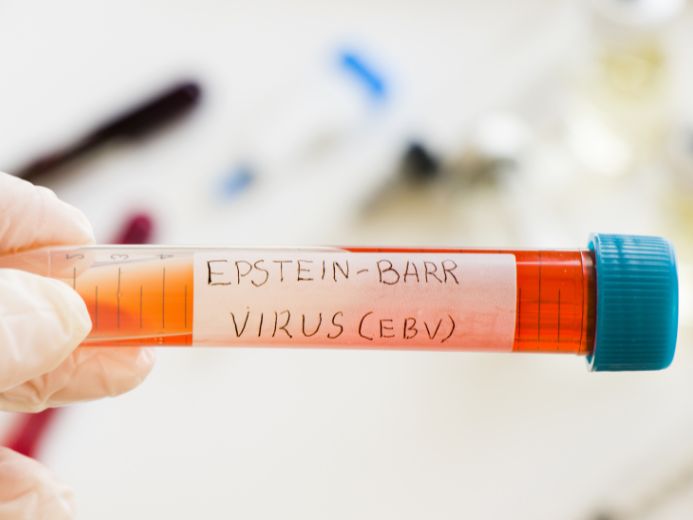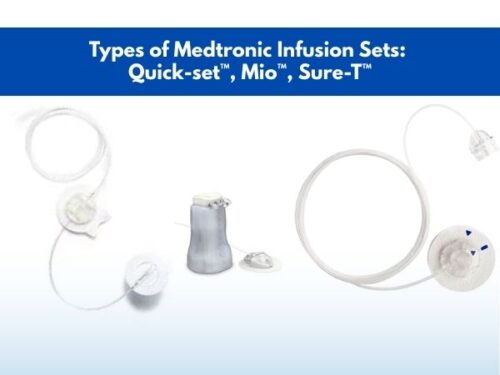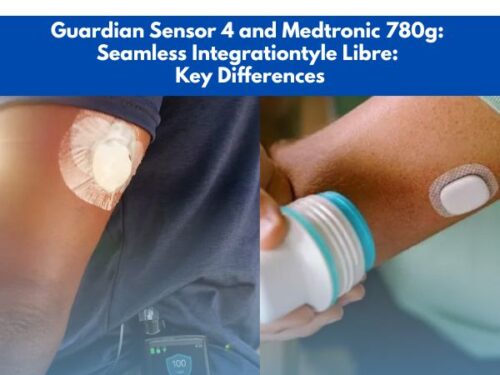Epstein–Barr Virus: Quick Look at Detection Tools

Epstein Barr Virus or human herpes virus 4, a member of the family of the infamous herpes virus, is known for its potential to cause multi-symptomatic infections. As its transmission happens usually via bodily fluids such as saliva, most of the world population is likely to contract an EBV-linked infection at some point in their lives.
Considering this much higher incidence of EBV infections, it often comes to mind which tools could be used for detecting its presence in the body. This article presents a comprehensive guide of the detection tools of EBV which are currently available or are in the process of development.

Detection Tools for Epstein Barr Virus

The following tools have been recommended by the Centers for Disease Control and Prevention (CDC) for the detection of Epstein–Barr Virus:
1. Symptomatic Analysis-based Physical Evaluation
The first thing a physician does is to evaluate a patient based on the symptoms associated with a disease. However, for Epstein–Barr Virus detection, only physical examination is not enough as its symptoms are identical to those developed by other viral infections. Therefore, a sensitive blood test is needed to confirm or rule out the EBV presence.
2. Antibody-based EBV Blood Test
Once EBV enters, the body’s immune system starts responding by preparing antibodies which could be used as a detection tool for the virus. These antibodies include Epstein-Barr nuclear antigen (EBNA), viral capsid antigen (VCA) IgG, and VCA IgM.
To conduct a blood test, a blood sample is drawn from a vein. For this purpose, the area is cleaned using an antiseptic and punctured with a sterilized needle. The blood sample thus collected is examined in a laboratory where it is analyzed for the detection of Epstein Barr Virus antibodies.
If the test is conducted early after getting sick, the patient may not have any antibodies as the body takes 10 to 14 days to prepare them. Therefore, there might be a need to re-conduct the Epstein–Barr Virus test after 10 to 14 days of illness.
Result Interpretation
Different types of results obtained from the EBV blood test indicate the following:
| Antibodies in the blood sample | Interpretation | Inference |
| Not detected | Normal result | No infection present |
| Antibodies are present | Abnormal result | Infection present |
In addition to the estimation of the presence or absence of an EV infection, the antibody-based blood test also gives an indication of the timing of infection. This timing can be estimated based on the type of antibodies detected. The following table further sheds light:
| Type of antibody detected | Indication | Reason |
| VCA IgG | Infection has either occurred recently or in the past | VCA IgG antibodies appear in the blood at the start of an Epstein–Barr Virus infection, reach peak concentration within 2 to 4 weeks, and then remain in the body throughout life |
| VCA IgM | Infection is recent | VCA IgM antibodies appear in the blood at the start of an EBV infection and disappear within 4 to 6 weeks |
| EBNA | Infection has occurred at some point in the past | EBNA antibodies are generated 6 to 8 weeks after the infection and remain in the blood throughout life |
3. Polymerase Chain Reaction (PCR)-based Method
Polymerase chain reaction can also be used for quantitatively detecting EBV. For this purpose, a blood sample is collected from the patient which is then processed for the extraction of EBV viral DNA, if present in the sample. Once obtained, this DNA is further amplified and detected using real-time quantitative PCR. An internal control added to the system ensures the correct conduction of the process.
Result Interpretation
In case of a high EBV PCR result, it can be confirmed that an active infection is present in the patient’s body. However, a negative PCR result in conjunction with a negative antibody-based test result is indicative of the absence of a present Epstein-Barr virus infection.
4. Newer Detection Tools for EBV
Among the newly developed EBV detection tools, the following have been recently reported:
● Recombinase polymerase amplification (RPA)-based detection system
● Combined RPA-lateral flow assay (LFA) detection system
● DNA probe-hybridization
All of these methods are based on nucleic acid analysis techniques and are still in the initial stages.
Comparison of EBV Detection Tools
The following table summarizes the advantages and disadvantages of the methods which are employed to detect Epstein-Barr virus in a carrier or a patient:
| Merits and demerits of EBV detection tools | ||
| Advantages | Antibody-based methods | PCR technique |
| – High specificity – Specifies the period of primary infection – Good for immediate results – Distinguishes active from past infections | – Low risk of contamination – Can analyze EBV quantitatively to monitor disease status – High reliability Can differentiate between patients and healthy carriers – Good for screening high-risk populations | |
| Disadvantages | – Has dependability on the individual maturation rates of antibiotics – Not for newborn babies due to maternal antibodies | – Special equipment is required – Expensive Lack of standardization – False-positive results can be obtained due to improper storage of the sample – False-negative results can be obtained due to nucleases |
The medical devices, along with many other medical supplies, can be purchased from Health Supply 770, a reliable name when it comes to medical products. They have a 30-day money-back guarantee and provide your products to you in the shortest possible time.
Conclusion
Among various viral diseases, infections related to the Epstein-Barr virus are quite common owing to the potential of its faster spread. According to the estimates, globally, almost 95% of the population has been or will be affected by EBV at some point in life.
Therefore, a dire need to perfect the existing testing methods exists along with the development of newer and more sensitive detection tools.
Presently, antibody-based methods as well as nucleic acid-based techniques are being employed for this purpose which have their own merits and demerits. However, the latest studies regarding novel detection tools are being published with the expectation of further improvement in this domain.



















